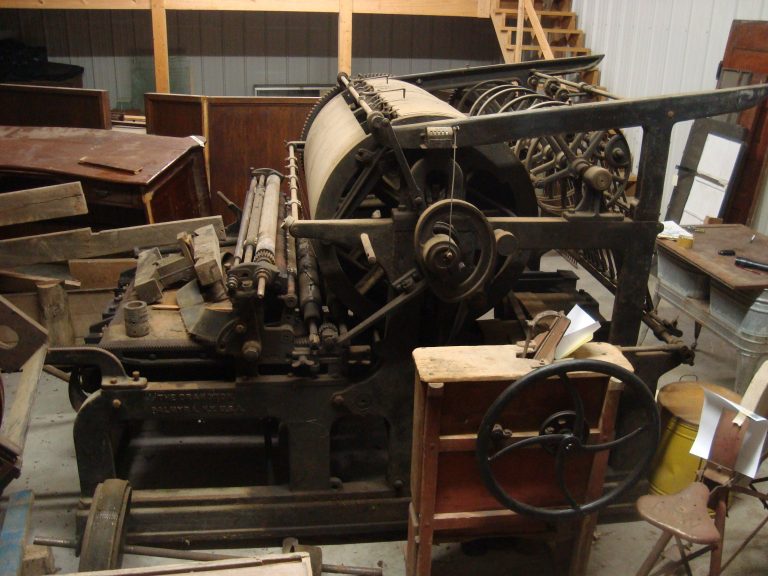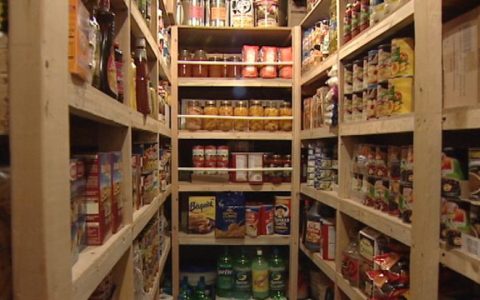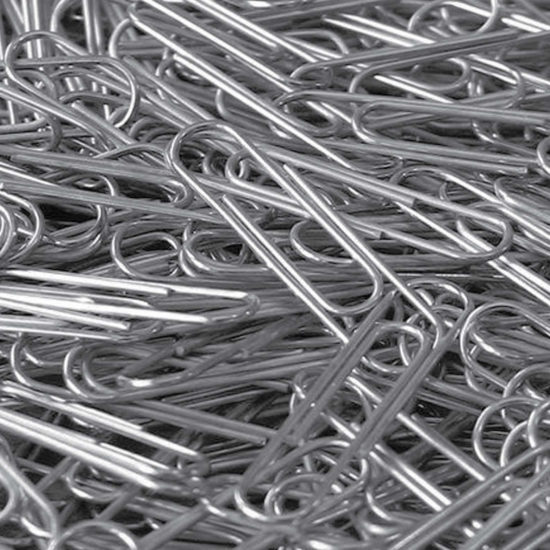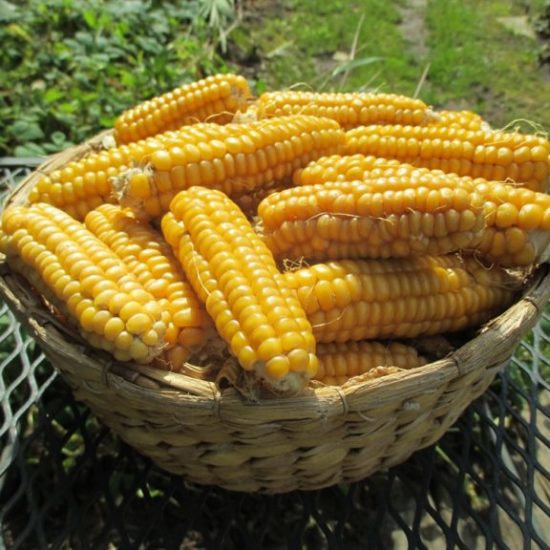
Crank It Out
When we hear “crank it out”, we tend to be hearing “get it done”. We have a lot of advantages with that these days. Nobody’s spinning a wheel on a giant roller to produce our news – we just tap a few buttons, and systems lift and press, roll, and cut for us, or we’re online and reading away without a walk to the morning paper at all.
The conveniences are all around us, from our coffee grinders and brewers, out in our sheds, and all around our homes and lives. But it wasn’t actually too far back in history that “crank” was a very literal term for a lot of those conveniences.
In my kitchen, I have a simple slider mandolin, mason jar pump-top onion chopper, and a salad spinner. I’m going to break down and get a cherry pitter this year or next year. They’re convenient. They save labor in time and energy. Grinders are there for coffee and wheat, so I stay happy/sane. My world is full of items that do the same, from my battery drill and power saws to the blender that cranks out curach and turns strained jelly peels and pulp into slurries for fruit roll-ups.
A disaster is a bad time to lose all of our conveniences in life. There are also some hand powered tools we can pull from the pages of history – and that inspire modern tools – that will help us with our self-reliance. They bounce back and forth from the kitchen to the workshop, out to the barn. Here’s a quick look at a handful of those things that can help us keep cranking it out.
Oil press
An oil press can be a big financial commitment, and it’s not for everybody. Until there’s enough land space to be producing foods, let alone oil nuts and seeds, it should go on the back-burner. On the other hand, if you’re in suburbia and you have the 1-2 working oil presses in 3-25 miles, you have a very powerful bartering tool at your fingertips.

That’s because fats are important. A lot of game animals are very lean in fats. In a world where we and our limited livestock are working just as hard as wildlife to eat, stay warm, prepare for winter, recover, and raise a family, we’re going to get leaner, too. That’s not always a good thing. There are vitamins and minerals our bodies can’t process without fats.
Fats are also important in baking, and make cooking (and cleanup) a whole lot easier. Plus, check out your powdered peanut butter. I’ll bet it tells you to add some oil for best results.
Sadly, even Crisco and powdered margarine won’t last forever, and it’s not like they’re all that good for you.
There is an alternative to a press to get those fats – at least one.
We can basically mince the heck out of various seeds and nuts, turn them into a slurry, let them settle (for hours or days), pour off the liquids (that’s what we keep), strain and press the wet mass (to get more of the liquids), and wait for the water to dehydrate (days). There are regularly additional steps for different types of plants, like shelling, simmering, filtering, additional pour-offs, and milling. Fermentation and spoilage risks are high. Labor and time are through the roof.
With an oil press, an impressive number of tree and grass seeds can be turned into oils.
Many presses have or can be fitted with automatic shellers and separators. The leftover meal can be dried to use in breads, thicken stock and gravy, or be fed to animals. The same presses can be used for a wide variety of seeds and nuts, sometimes requiring a gear change and sometimes extremely small or large seeds require an additional piece or to be minced. Sometimes we do have to take our peanut shells and skins off, and feed it just corn kernels.
(There are corn threshers and bean-pea shellers available crank-style, too.)
Not only is the time and effort hugely reduced with an oil press, our product comes out cleaner and we usually have more to show for it at the end of the day.
I won’t go into as much detail for the rest of today’s list, but those types of factors are there for all of them. It’s why the “convenience” and “efficiency” machines came into play in the first place.
Hand Beater

While we’re right there talking about speed and ease in the kitchen, let’s talk about rotary beaters.
I know that at various stages, there were also rotary and pull-cord blenders on the counters. This guy has good memories for me, though.
Moms and Grandma used to have a set. They made whipping eggs or cupcake frosting for twelve or a classroom fast and easy. If we’re going to be doing a lot of from-scratch cooking, or if we have months and months’ worth of powdered milk, butter and creamed soups stored, something as simple as a design that hasn’t much changed in 50-100 years and can still be found in stores is a force multiplier.
Peeler-Corer-Slicer

Another kitchen equivalent to the venerable 1911 is also probably one of the most commonly suggested and available hand-crank tools. It extends way beyond the preparedness-homesteading crowds. Like a cherry pitter, anybody who grows or processes a lot of fruit considers these things gold. When I’m only filling out a few drawers in a dehydrator I’ll still just whip out the mini-paddle mandolin, but when you start talking buckets and bushels, these apple peelers more than earn their price.
Ours has the option for using the coring center or just a spike, so I can also peel potatoes with it, and the slicing blade can come off so I can grate those, pears, or apples instead of slicing them.
Hand-Crank Food Processor

Once we’ve peeled or washed our produce, there’s another gem we can upgrade to if we want – people have actually started (or returned to) making hand-crank food processors. Like the electric versions, they make pretty fast work of assembling salsa veggies, dicing for relish and chutney, slicing salads, or cutting butter into pie and tart crust.
Salad Master
There’s another version we can use that bolts onto a countertop or table. I actually prefer it, because I like the resiliency of metal when I’m plunking down a chunk of change (Queen Klutz here).
You can get them in a number of styles and there are sets with attachments as far ranging as the modern Kitchen Aid base mixer. That means a single hand crank base can be adapted for ground meat and sausages, and pressing pasta, as well as mincing, slicing and dicing veggies.
Which styles we like best is just personal preference.
Applesauce and Baby Food Strainer

If we do a lot of jelly and jam canning, want to quickly churn out applesauce, or want to make our own baby food, there are some pretty simple devices out there still – and that we can pick up from old farm estate sales fairly regularly if we watch for those.
Like the Foley applesauce and baby food strainer, many are meant to be used as a stage in the process of cooking.
You can also find steam and hand-crank juicers that work for syrups and jellies. If you plan to forage or produce a lot of the cranberry viburnum and chokecherry type fruits, those are handy to have.
Butter Churns

When we think of churning butter, a lot of people apparently think of somebody sitting with the tall canister and paddle or plunger, lifting up and down. I think of my blender, personally.
Throughout history, however, there have been a lot of different styles and scales of butter churns, and some of the small and countertop hand crank versions are more likely to fit into our storage space – and regularly, our budgets.
Styles like the canning-jar base are also a lot more hygienic than the wooden ones and the larger, longer metal designs. You can clean them more effectively in between uses.
If we’re in a world with limited outside assistance, that becomes even more important. Goats aren’t as likely to have a milk infection, but cattle used to get them regularly. They still do in some cases. Some of those diseases will only spoil flavor, but some of them have human health concerns. If that milk is transferred into plastic or wooden containers, it takes a lot of cleanser and then a lot of rinsing to regain comfort in using them. Water is going to be a hugely important resource for a lot of people, and it still might not do the trick.
Smaller glass and metal vessels can fit inside pressure canners and are easier to reach (and rinse) than larger ones, and long, skinny churns.
They’re far faster than shaking a jar or rolling it underfoot – although if you’re about to shell a solid ton of peas, the foot thing might work for you.
Centrifuge for Butterfat Testing

So, we have our goats, sheep, camels or cattle, and we want the ones with the highest butterfat for butter and clotted cream. How do we find out in the second and third generation of livestock after a crash?
An old-school hand-crank centrifuge.
That centrifuge can also be used just to find out which animal’s butterfat or heaviest creams separate fastest and easiest.
Instead of having shallow containers sit for hours – without jostling – with the risks of pests, dust and heat spoilage, we can also use various turn-of-the-century tools to speed that process.
Hand-crank sewing machines

When a ram horn catches us and rips a hole in our clothes, or our pockets start failing, when growing kids need clothes made out of curtains, we can sit down with a needle and hand sew, but if a sewing machine is available, it tends to be a lot faster of a process.
It’s also an easier process for old and damaged hands – some tension adjustments and threading is required, but then those hands (and eyes) can relax a bit.
You can hunt up antiques, or run some searches for non-electric sewing machines – they’re out there, especially from/for some of the still-developing nations.
Modern Manual Drill

Nothing is going to help us rebuild a shed or fence or put in a new milking bench like our electric drill and driver, but there are still manufacturers out there for hand-crank versions that will be faster and easier than doing it all with a screwdriver.
Hand augers are commonly seen on the lists of disaster tools, and are shaped a bit differently. They’re really good at what they do. Modern and yester-year manual drills that can also be fitted with our current drill’s screw tips have some advantages, too.
Combined, they make a pretty handy pairing around a house or farm that’s looking at losing power.
Bench Grinders

Modern-made and antique, there are all kinds of handy things for the shop. While a drill is one of the most commonly reached-for items in our house, the wheel grinders are in high demand at my father’s. They make fast work out of sharpening tools and blades.
Some of the hand-crank versions are massive beasts that can be set up for two hands, and can handle light notching, planer, and plank sanding and some can even be set up as circular saws and used to cut pipes, tubing and OSB. (Those are two-person jobs for safety reasons.)
As with the kitchen, the speed and work effort compared to a hacksaw, steel wool, and sharpening stone plays a factor when looking at the costs.
And, as with the kitchen, both the bench grinders and the manual drills mean that people with injuries or ailments can still get work done in a lot of cases, and do that work faster. That, too, factors into what we’ll pay and how we prioritize.
The Wide Range of Shop Tools

Shop tools of all kinds are out there. I don’t use a drill press often enough (and they’re expensive enough) to have given it its own listing. But they’re out there. So are things like barn beam boring drills, smaller tinker-merchant and jeweler’s presses, ratcheting drill presses and nail setters.
Farm horses used to regularly be hitched to circle and power things like turnip slicers, grain threshers, and grain mills. Horse-drawn harvesters dug, separated and in some cases even sorted potatoes and turnips, working off gears attached to the wheels. Dogs and goats can handle some of that workload with smaller versions.
Modern Spins
Just as some of the hand-crank and -lever tools that bear consideration can be had from current production runs, the modern world has not turned its back on hand cranks.
They’re there in tire pumps and emergency lights large and small. We can also buy little hand-cranked battery boxes to charge our small electronic devices. One of my earliest articles dealt with laundry, with several modern takes on manual washers and wringers.
In some cases, we can find those devices in bike-pedal powered forms as well.
Cranking It Out in the Modern Age

The internet is a wonderful thing. It brings the whole world right to our fingertips, and it can regularly have most of that world delivered to our door.
We didn’t jump from caveman sticks and rocks directly over to sending email over HAM radio. Throughout history, there are gadgets that made lives easier and allowed us to do more work. As preparedness spending grows, we can find a lot of new manual gadgets becoming available from suppliers and inventors.
Whatever you reach for this week or this month, especially over planting and harvest season and the next DIY build or repair, make a note of it (a real, physical note). Is it a force multiplier? A must-have? A beloved convenience? How important does it rate on your scale?
If you’re doing things by hand or planning for a world without power, it might be worth popping a “manual” or “hand-operated” search for that item into your browser. There are fair chances somebody has one, makes one, or has a hack to create one.





















